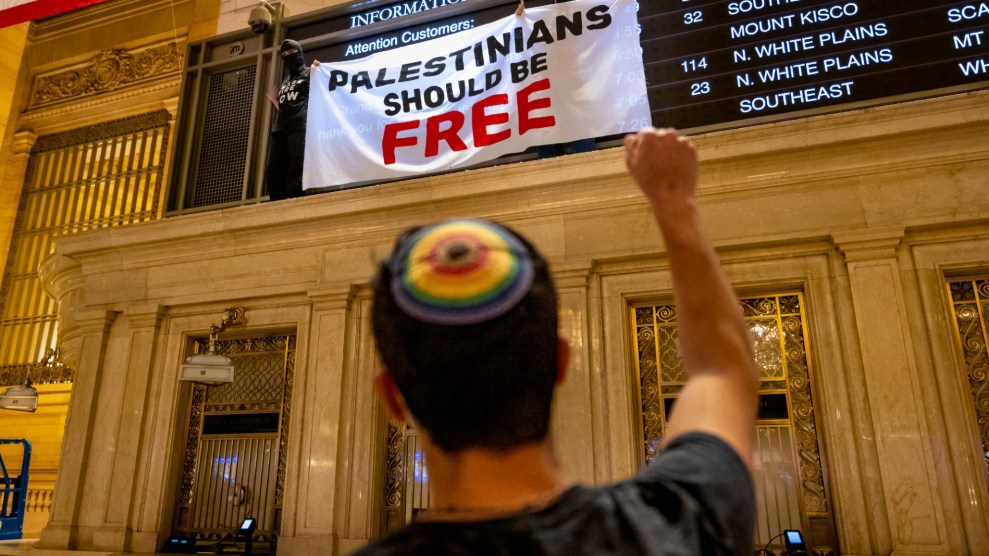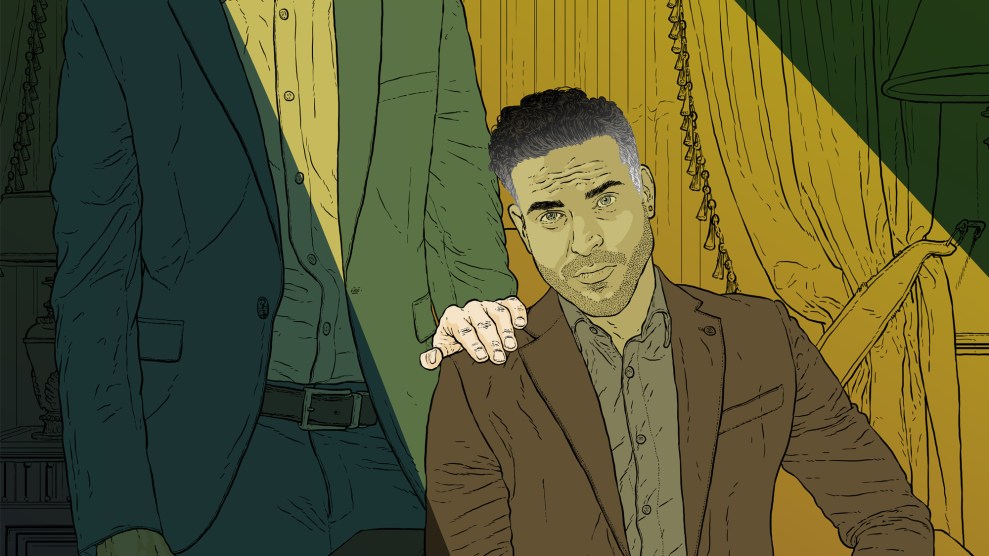In the nation with the world’s highest incarceration rate, amid talk of dangerously high deficits and budget freezes, the White House proposes dramatically increasing spending on prisons.
A newly released report from the Justice Policy Institute, titled “The Obama Administration’s 2011 Budget: More Policing, Prisons, and Punitive Policies,” analyzes the priorities reflected in the president’s overall spending plans for the Department of Justice in FY 2011 (which begins on October 1, 2010):
The President’s proposed FY2011 Department of Justice (DOJ) budget asks for $29.2 billion. This is on top of $4 billion provided to DOJ through the American Reinvestment and Recovery Act (ARRA), much of which will continue to fund activities through 2011 and beyond. Although the budget has some specific allocations for juvenile justice that it had removed last year, it still reduces spending on juvenile justice programs, while allocating hundreds of millions to hire or retain police officers….and increasing federal prison spending.
This continued funding pattern will likely result in increased costs to states for incarceration that will outweigh the increased revenue for law enforcement, with marginal public safety benefits. While “re-entry” programs…will help reduce recidivism, too little funding is targeted towards “no-entry” programs that keep people from ending up in the criminal justice system in the first place. As states struggle with tough economic times and burgeoning prison populations, research shows that the most cost-effective ways to increase public safety, reduce prison populations, and save money are to invest in community-based programs and policies that positively impact youth and more substance abuse treatment and mental health treatment services in the community.
In a recent article in USA Today, Kevin Johnson breaks down the proposed increase in direct spending for the federal Bureau of Prisons (which is on top of the funds passed on to states and localities). As Johnson writes, “the federal government is proposing to dramatically ramp up its detention operations”:
The Obama administration’s $3.8 trillion 2011 budget proposal calls for a $527.5 million infusion for the federal Bureau of Prisons and judicial security….The boost would bring the total Bureau of Prisons budget to $6.8 billion….[The DOJ] projects that federal prisons, which now hold 213,000 offenders, will hold 7,000 more by 2011.
Also included in the Justice budget is a proposal to hire 652 additional prison guards and fill 1,200 vacant detention positions, far more than the combined 448 new agents planned for the FBI, Drug Enforcement Administration, Bureau of Alcohol, Tobacco, Firearms and Explosives, and U.S. Marshals Service.
Assistant Attorney General Lee Lofthus says the increased prison system funding does not reflect a de-emphasis of national security, only that the Bureau of Prisons “needs the bed space.”
Nearly half of the increased BOP funds–$237 million–would pay for “bed space” in solitary confinement cells at a new supermax prison in Thompson, Illinois. This is where the administration proposes to put the detainees transferred from Guantanamo Bay when (and if) it closes.
Keep in mind that federal spending on prisons is dwarfed by state spending. While the BOP’s budget is over 6 billion, the United States as a whole currently spends about $68 billion a year on corrections, mostly at the state level. According to the Drug War Chronicle, corrections spending, on average, “ranks fourth in eating up state budget dollars, trailing only health care, education, and transportation.” Figures from the National Association of State Budget Officers show that five states–Connecticut, Delaware, Michigan, Oregon and Vermont–spend more on prisons they than do on schools.
As Johnson points out in USA Today, ”The federal spending plan contrasts with the criminal justice strategies pursued in many cash-strapped states…where officials have closed prisons or allowed for the early release of some non-violent offenders.” He quotes Marc Mauer, executive director of the Sentencing Project, who says states have a “greater sense of urgency” to institute policy changes because they have to balance budgets. “That sense of urgency isn’t there at the federal level,” Mauer says. “Prison expansion slows the momentum for the reconsideration of some of those policies.”
How does the increased spending on prisons fit in to the three-year government “spending freeze” announced in the State of the Union address? The freeze “won’t be applied across-the-board to all programs,” an article in Government Executive explains, citing Office of Management and Budget deputy director Rob Nabors. “The freeze will affect the ‘top line’ of the budget, but some programs that do not fall under exemptions for international affairs and for the Defense, Homeland Security and Veterans Affairs departments still will see increases.”
The proposed budget “would bring nonsecurity discretionary spending to its lowest share of the economy in more than 50 years,” Government Executive reports. That means that in a time of economic suffering, the federal government will spend a smaller percentage of its funds on social programs (other than Social Security and Medicare) than it has since the 1950s. Yet funding for prisons and jails–which already hold more than one in 100 Americans–will increase. As the OMB’s Nabors put it, “Some programs will be down, some will be up, and they reflect the president’s priorities and nation’s priorities.”
(You can take a look at the Department of Justice’s own summary of its proposed FY2011 budget.)
This post also appears on Solitary Watch.











